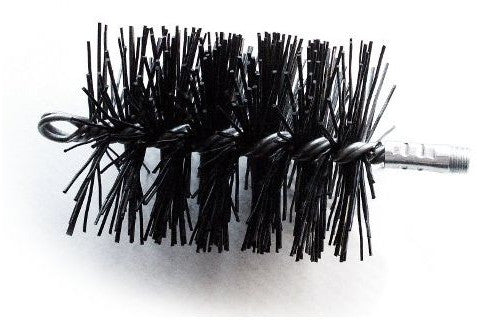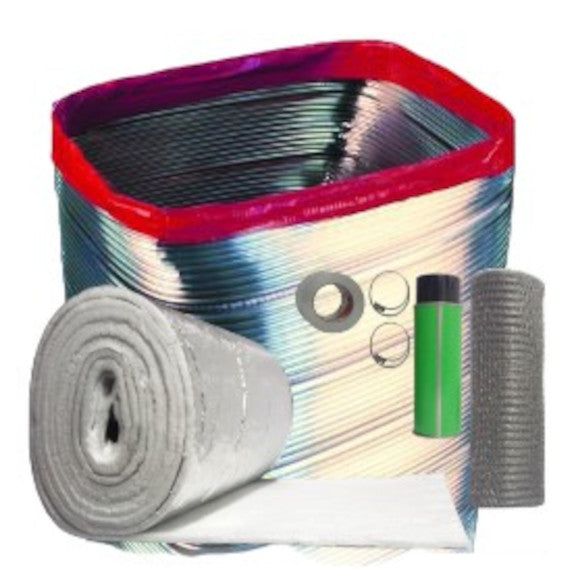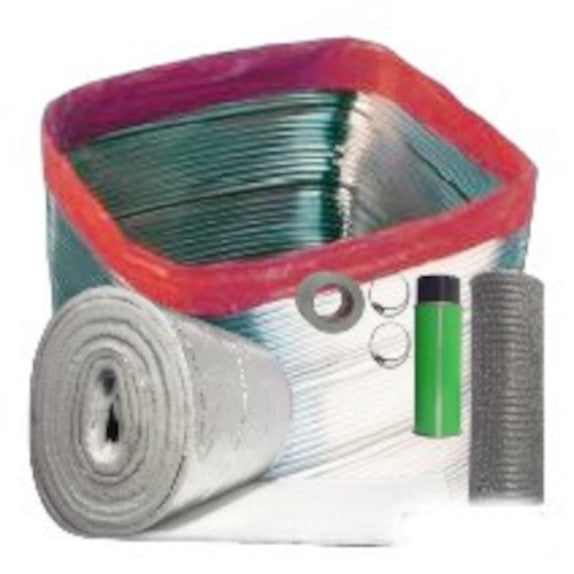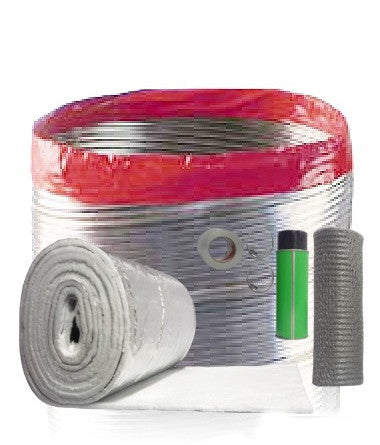Why Do I Need to Sweep My Chimney?
July 19, 2023

As preparation for the winter heating season has gotten under way, making sure the chimney is functioning safely is important. An estimated 14,500 chimney fires happen every year due to neglected, creosote filled chimney flues. Heating appliances, as well as venting systems, can take serious abuse during the heating season. Taking the time to make sure the proper maintenance has been done to the chimney will ensure a warm, safe heating season.
What is going on inside the flue?
When a heating appliance starts for the first time this season, it means the chimney will now endure months of abuse. As the fuel burns in the appliance, the fuel emissions start to travel up the chimney. If the chimney is cold, the hot gas temperature drops and doesn't allow the exhaust to rise. When this happens the gas does not fully burn and condenses into a liquid. This liquid eats away at the mortar joints in the flue or leaks down the stainless steel chimney liner and back into the appliance.
Wood burning can be a great way to subsidize the cost of heating with natural gas, propane, or fuel oil. Wood burning is inexpensive and can add a great feeling to the home. However, burning wood has the most concentrated and flammable emissions known as creosote. Creosote is formed during slow burning periods when the gases condense to a tar-like sticky substance. Burning green wood can increase the amount of creosote in the flue because of the amount of moisture it carries. During the heating season, creosote will build up on the walls of the chimney flue causing the flue to reduce in area. If the creosote is ignited, it will burn at extremely hot temperatures and may cause the home to catch on fire. Creosote can seep through a crack in the flue causing a potential fire hazard if ignited. Checking the flue system every two months during the heating season for creosote can significantly reduce the chances of a chimney fire.
Can I Sweep the Chimney Myself?
After understanding the importance of a clean chimney, homeowners wonder if it is a job they can do themselves. It is possible to do this job yourself, but only with the right tools. You will need a poly chimney brush and chimney rods. For instructions on how to sweep your own chimney visit “Do-It-Yourself Chimney Sweep”.
DIY Center
(AKA ‘The Rockford Files’)
From video tutorials to product walkthroughs, we have a variety of DIY resources just for you! Click the button below to view our entire library.








